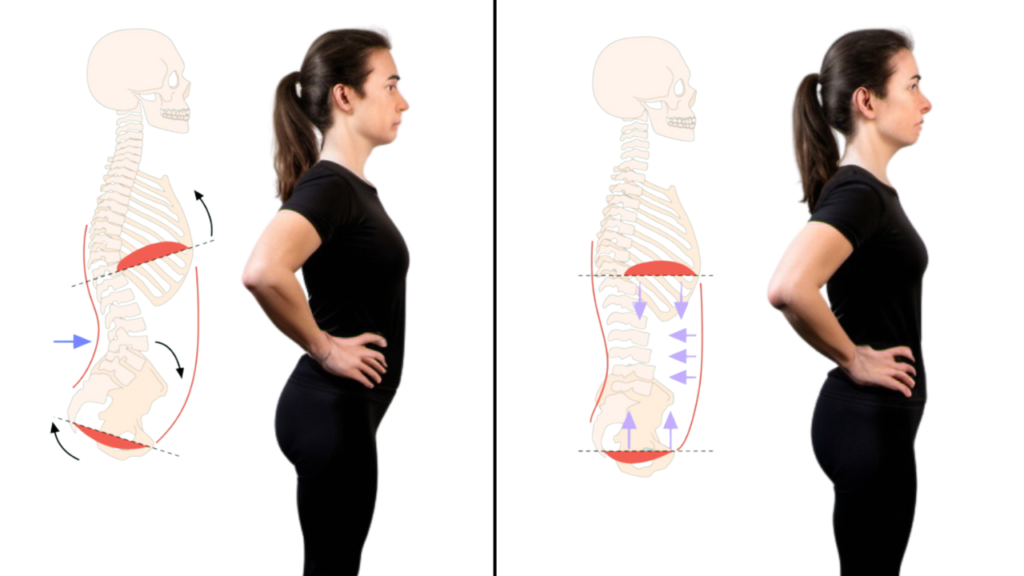If you’re serious about correcting anterior pelvic tilt, the Mobility Suite App has a dedicated 28-Day Anterior Pelvic Tilt Program designed specifically to address the root causes. This step-by-step program will guide you through targeted mobility and core stability exercises to improve alignment, reduce discomfort, and enhance your movement quality.
Our Mobility Suite also provides a range of additional routines to tackle other postural issues and movement limitations that often accompany anterior pelvic tilt. Whether you’re dealing with tight hips, low back pain, or postural imbalances, the Membership has everything you need to feel better and move more confidently.
Start with a free 7-day trial and discover how consistent training can help you correct your anterior pelvic tilt, prevent future issues, and keep you moving at your best.






